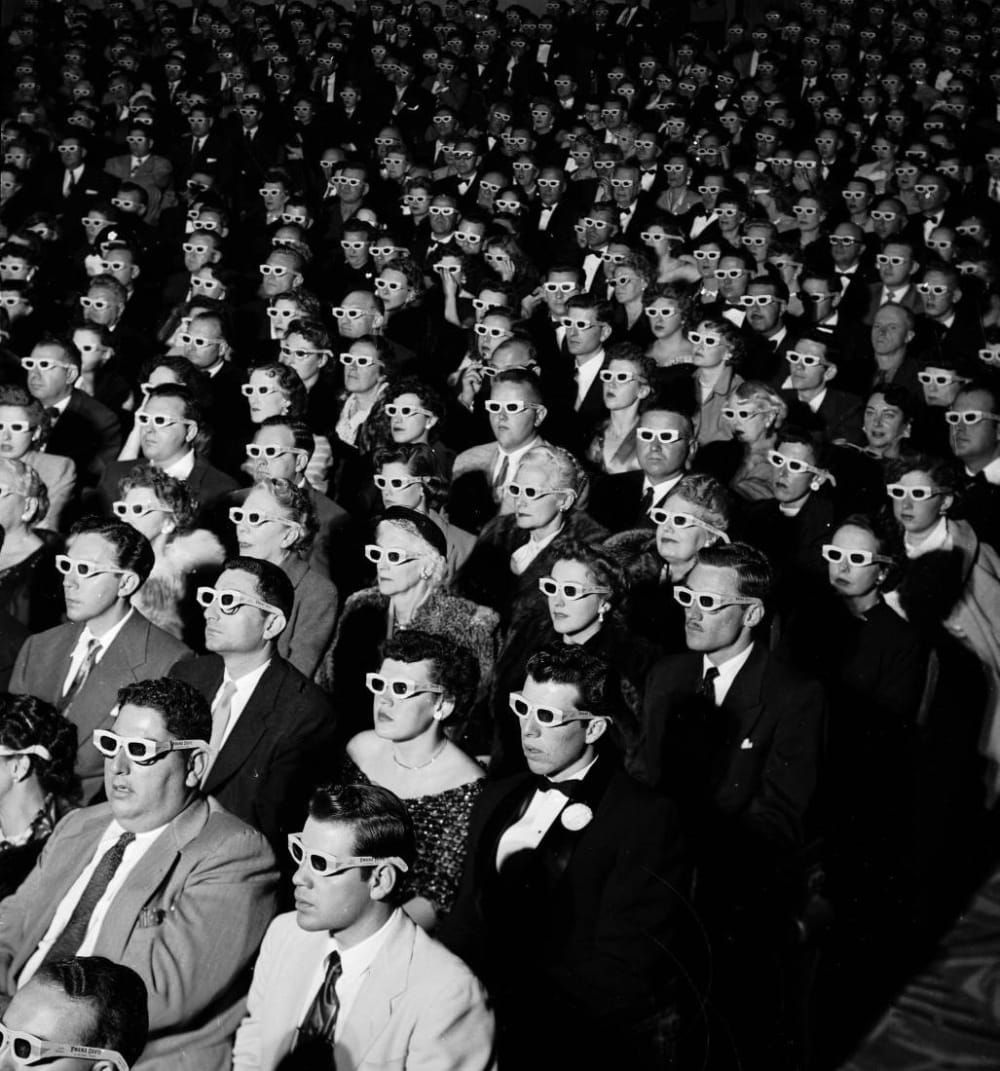Sports Technologies of Spectacle

This weekend, I shelled out $5.99 for a month-long subscription to the streaming service Peacock. I wanted to watch the Prefontaine Classic, the annual track and field event held at Hayward Field at the University of Oregon. In particular, I wanted to watch Sha'Carri Richardson in the 100m and Nikki Hiltz in the 1500m races, and sure sure, I was mildly curious to watch the men run the Bowerman Mile — all a gauge of who might be headed to and who might be a medal contender in the Olympic games this summer (which means I'm going to have to keep paying that Peacock subscription fee, I guess).
Richardson won her race in about 10 seconds; Hiltz came in fifth in theirs with a PB of 3:59.64 — their first time breaking the four minute mark. Kerr won the men's mile in 3:45.60. So, less than ten minutes of sports spectating (although so much of sports broadcasting tries to extend this as long as possible — thanks to ads, biographies, histories, analytics, and on and on and on).
Admittedly, I don't love watching sports on TV, as much as I am trying — thanks in part to the encouragement of Nike's Coach Bennett — to become a fan of my sport alongside my journey in becoming an athlete. Nor am I that keen on watching sports in person either — Kin and I had tickets for a Yankees game a couple of weeks ago, but at the slightest hint of rain, I suggested we find some other way to spend our afternoon. The big allure of going to a game for me, truth be told, is eating the concessions. For others, I recognize, it's being part of a group — a community that emerges from sports fandom, whether that's wrapped up in supporting a team, a country, or an individual athlete. Watching sports is about both entertainment and identity, and as such, sports are leveraged for both social and political ends.
It's long been argued that sports are intertwined with "bread and circuses," part of a strategy on the part of the elite to control the masses. Indeed, the mass media — its development and proliferation inseparable from the rise of sports as we know them today — has accelerated this turn to spectacle, privileging sports as a mediated experience rather than as a lived one. Sport-as-spectacle affects the spectator; it affects the athlete.
The media coverage of sports first appeared regularly in newspapers in the 1800s — reporting on horse races and boxing, mostly. It wasn't until the turn of the twentieth century that there were widespread, dedicated "sports pages." Of course, the readership of newspapers changed in that time too, particularly as papers became cheap and ubiquitous. How sports were covered — an emphasis on sports stats, on the biographies of players, on regional rivalries, on the cultural significance of various games — changed how we understood sports. The media changed how we watched, why we watched, what we watched. And this in turn changed how, why, and what sports we played.
"In societies where modern conditions of production prevail, all of life presents itself as an immense accumulation of spectacles. Everything that was directly lived has moved away into a representation." — Guy Debord, Society of the Spectacle (1967)
The algorithm is inescapable: all over social media — but particularly on TikTok and Instagram — (ostensibly) ordinary people "make content" to showcase their knowledge and skills and, more importantly no doubt, to attract attention. This content covers all fields, all activities, all domains, but I'm particularly interested in the performances of "health," "fitness," and "sport/leisure." We are all compelled to make content now, technologically at least thru the design of social media — encouraged to film our walks and runs, photograph our snacks, chronicle our training in short, sharable, and for some hopefully monetizable video snippets. This content has become the "grammar" of health and fitness — the image of health, the practice of health. One might argue that it's not about health; it's about entertainment. But this is what health and fitness is now: a spectacle.
Rob Horning recently argued that TikTok exemplifies the logic of the spectacle:
The way TikTok conflates experience with voyeurism makes it a somewhat clear demonstration of Guy Debord’s “society of the spectacle.” Debord argues that under the conditions of late 20th century capitalism — conditions of media centricity and monopoly that have only intensified into our century — spectacle and lived experience are in a complex dialectic that sustains a generalized alienation and a universal reification. “It is not just that the relationship to commodities is now plain to see, commodities are now all that there is to see; the world we see is the world of the commodity.” Debord concludes that individuals are “condemned to the passive acceptance of an alien everyday reality” and are driven to “resorting to magical devices” to “entertain the illusion” of “reacting to this fate.” TikTok could be considered as one of those magical devices (along with the phone in its entirety) that manages that dialectic. Under the guise of “entertainment,” passivity reappears to the entertained individual as a kind of perfected agency; alienation is redeemed as the requisite precursor to consumer delectation.
Horning's arguments involve the ubiquitous cooking content on the platform — those recipes whose function is not about cooking, let alone about eating, but about watching video content — about entertainment. "Whether one actually learns how to cook a particular dish is incidental to learning how to stage and consume a spectacle," he writes. "You need certain ingredients and equipment and manual dexterity to make and enjoy a meal; to enjoy a spectacle, all you need is a phone."
So how does the ubiquity of “normal people” filming themselves doing various health-coded activities shape our own activities, our thoughts about our activities? Do we feel compelled to become spectacle? Do we believe, as the cliche goes, "pics or it didn't happen"? Sports spectatorship is now much more than wearing the merchandise of one's favorite team. Because, strangely, sports participation is sports spectatorship too. The signals are digital, not just material.
"The spectacle is not a collection of images, but a social relation among people, mediated by images." — Debord
"Sabermetrics" arguably has its origins in sports journalism — that is, to the storytelling of sports, well before Moneyball showcased how it might be fundamental "the business of sports." Some sort of data analysis, that is to say, has long been how we've understood sports — the performance of teams and of players. But the pervasiveness of data analytics, now made accessible for audiences not just statisticians, has changed how we think about, how we define excellence.
The spectacle is thus not merely a collection of images; it is an expression of data points. And it's not just that our relationships with others are mediated by data; datafied images are how we think about ourselves, how we think about moving our bodies, how we think about health and fitness and sports — always spectators even as athletes.
Thanks for reading Second Breakfast. Please consider becoming a paid subscriber to support my work (and, on Monday, to hear more thoughts about how twenty-first century technologies of sports and spectacle relate to political passivity.)





